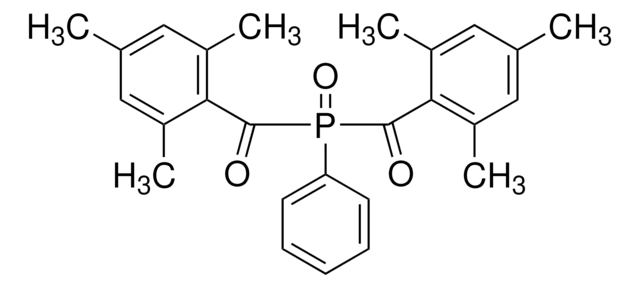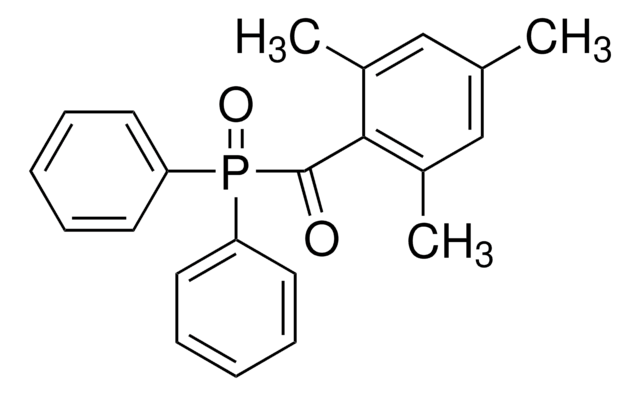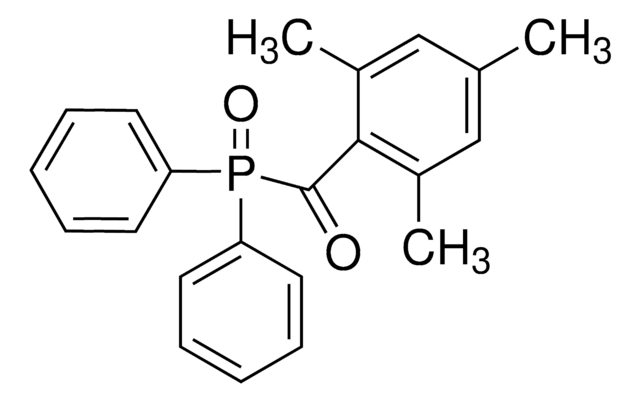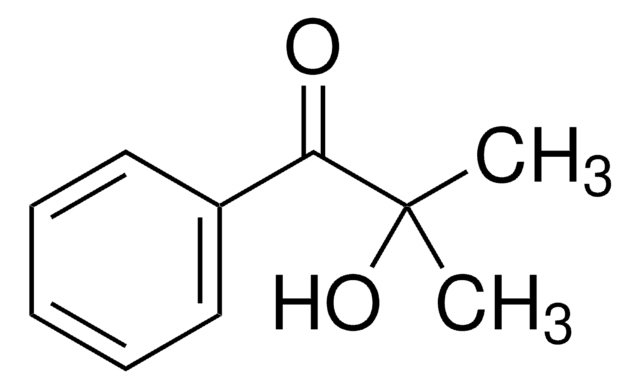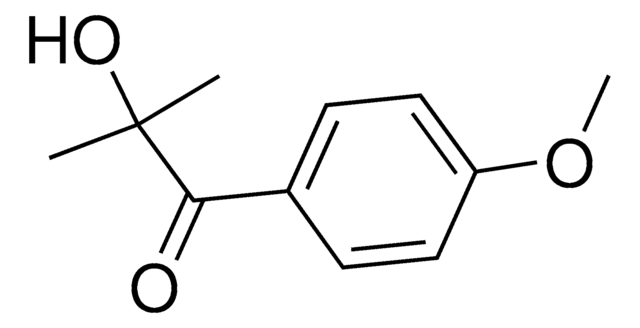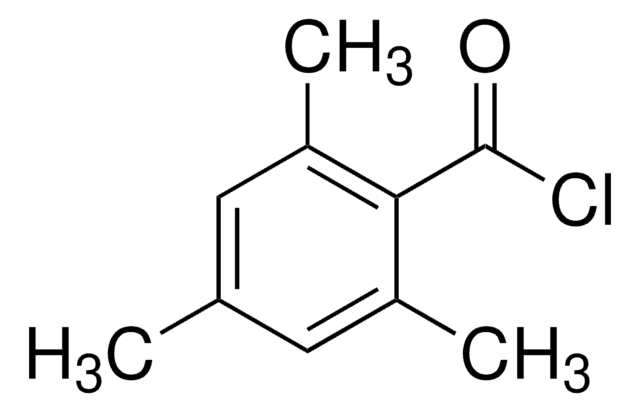Kluczowe dokumenty
900889
Lithium phenyl-2,4,6-trimethylbenzoylphosphinate
≥95%
Synonim(y):
LAP
About This Item
Polecane produkty
Poziom jakości
Próba
≥95%
Postać
crystalline powder
kolor
white to off-white
temp. przechowywania
2-8°C
ciąg SMILES
CC1=C(C(P(C2=CC=CC=C2)(O[Li])=O)=O)C(C)=CC(C)=C1
Szukasz podobnych produktów? Odwiedź Przewodnik dotyczący porównywania produktów
Zastosowanie
Cechy i korzyści
- Superior water solubility
- Biocompatible
- Sensitiveto visible light
Kod klasy składowania
11 - Combustible Solids
Klasa zagrożenia wodnego (WGK)
WGK 3
Temperatura zapłonu (°F)
Not applicable
Temperatura zapłonu (°C)
Not applicable
Wybierz jedną z najnowszych wersji:
Masz już ten produkt?
Dokumenty związane z niedawno zakupionymi produktami zostały zamieszczone w Bibliotece dokumentów.
Klienci oglądali również te produkty
Produkty
The introduction of LAP and water-dispersible photoinitiator nanoparticles of TPO, enables the development of novel formulations for 3D bioprinting, tissue engineering applications, and device manufacturing.
Powiązane treści
Inżynieria tkankowa wytwarza kultury tkanek z rusztowań, żywych komórek i biologicznie aktywnych cząsteczek, symulując mikrośrodowisko organizmu w celu naprawy lub zastąpienia uszkodzonej tkanki.
Tissue engineering fabricates tissues cultures from scaffolds, living cells, and biologically active molecules by simulating the microenvironment of the body to repair or replace damaged tissue.
Inżynieria tkankowa wytwarza kultury tkanek z rusztowań, żywych komórek i biologicznie aktywnych cząsteczek, symulując mikrośrodowisko organizmu w celu naprawy lub zastąpienia uszkodzonej tkanki.
Nasz zespół naukowców ma doświadczenie we wszystkich obszarach badań, w tym w naukach przyrodniczych, materiałoznawstwie, syntezie chemicznej, chromatografii, analityce i wielu innych dziedzinach.
Skontaktuj się z zespołem ds. pomocy technicznej

